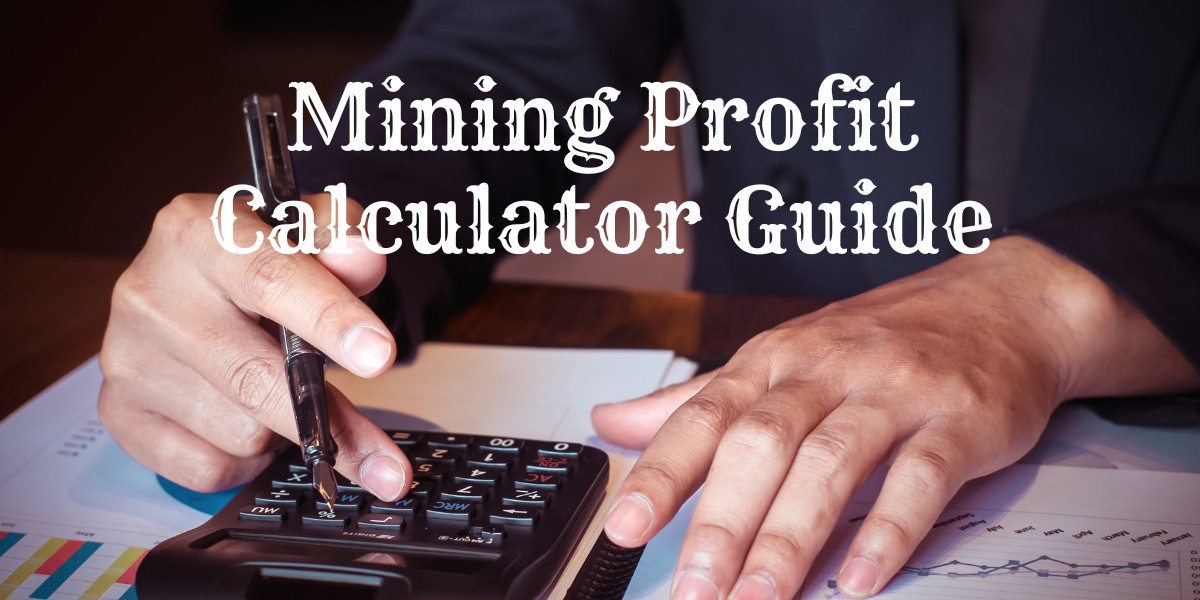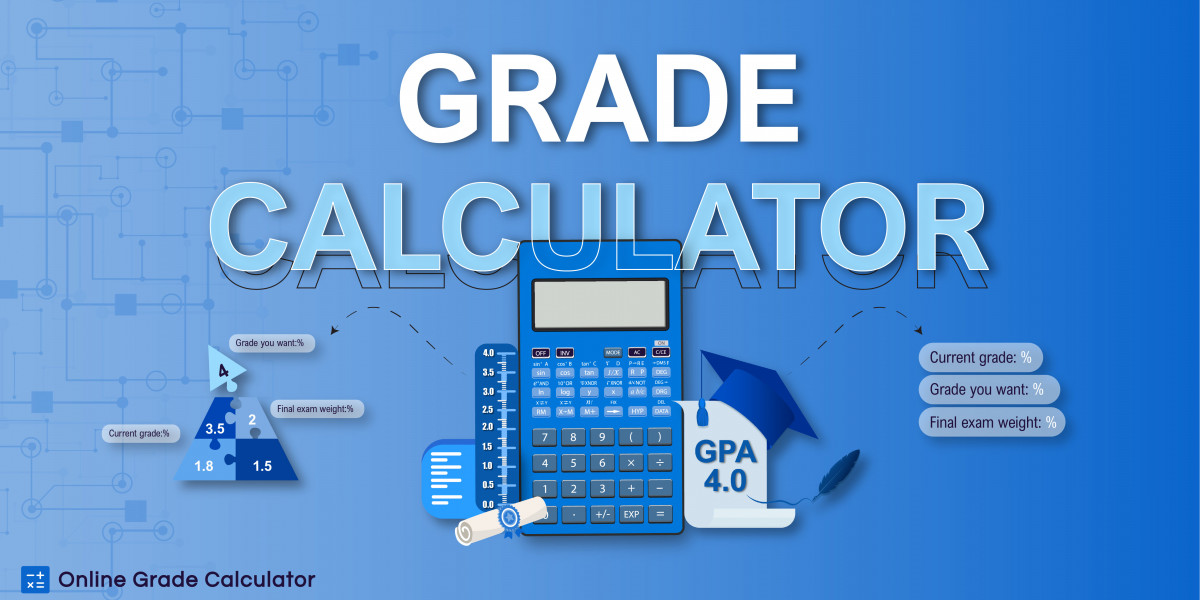Mining digital assets can be profitable, but it's important to calculate potential earnings before investing in hardware or resources. A mining profit calculator helps estimate income by considering factors like hardware efficiency, electricity costs, network difficulty, and market fluctuations. This blog explains how to calculate mining profit effectively and maximize returns.
Factors Affecting Mining Profitability
1. Mining Hardware Performance
The efficiency of your mining equipment determines how much you can earn. Key specifications include:
Hash Rate – The processing power of your mining rig, measured in hashes per second.
Power Consumption – The electricity usage of your equipment, measured in watts.
2. Electricity Costs
Electricity is one of the biggest expenses in mining. Understanding your cost per kilowatt-hour (kWh) is essential. Some regions offer lower electricity rates, which can significantly impact profitability.
3. Network Difficulty & Block Rewards
Mining Difficulty – The higher the difficulty, the harder it is to mine new blocks, affecting earnings.
Block Reward – The number of coins earned for successfully mining a block. Some networks periodically reduce block rewards (halving events).
4. Coin Market Price
Market fluctuations can impact mining profit. A higher asset price increases profitability, while a price drop may make mining unprofitable.
5. Pool Fees
Many miners join mining pools to improve their chances of earning rewards. Pools charge fees, usually between 0.5% and 3%, which should be factored into profit calculations.
How to Calculate Mining Profit
Step 1: Gather Your Inputs
To use a mining profit calculator, input the following details:
Hash rate (from mining rig specifications)
Power consumption (in watts)
Electricity cost per kWh
Block reward and network difficulty
Mining pool fees (if applicable)
Market price of the asset
Step 2: Use a Mining Profit Calculator
Online calculators like WhatToMine, CryptoCompare, and NiceHash simplify the process by providing real-time calculations. These tools generate an estimated daily, weekly, and monthly profit after expenses.
Step 3: Analyze the Results
Break-even Point – How long it takes to recover your investment.
Daily & Monthly Profits – A breakdown of earnings after expenses.
Comparison of Different Assets – Some coins may be more profitable to mine than others.
Strategies to Maximize Mining Profit
1. Reduce Power Costs
Choose mining-friendly regions with low electricity rates.
Use energy-efficient hardware to minimize power consumption.
2. Optimize Hardware Performance
Regularly maintain and update your mining rigs.
Consider overclocking for increased hash rates while monitoring power usage.
3. Stay Updated on Market Trends
Monitor asset prices and mining difficulty changes.
Switch to more profitable assets when necessary.
4. Join a Profitable Mining Pool
Select pools with lower fees and reliable payout structures.
Balance pool size and reward distribution to maximize earnings.
Conclusion
Calculating mining profit is crucial for making informed decisions in the digital asset mining space. By understanding hardware efficiency, electricity costs, and market fluctuations, miners can optimize their operations for maximum profitability. Using a reliable mining profit calculator ensures accurate estimates and helps miners adapt to changes in the market effectively.










